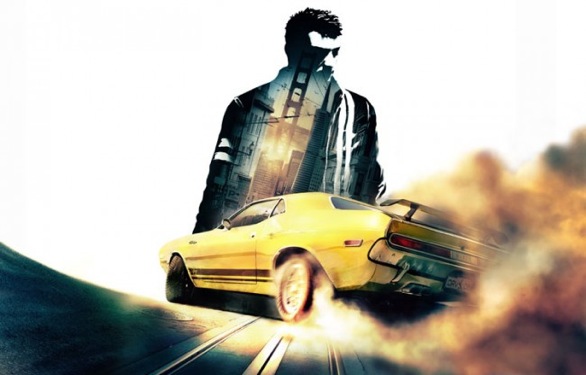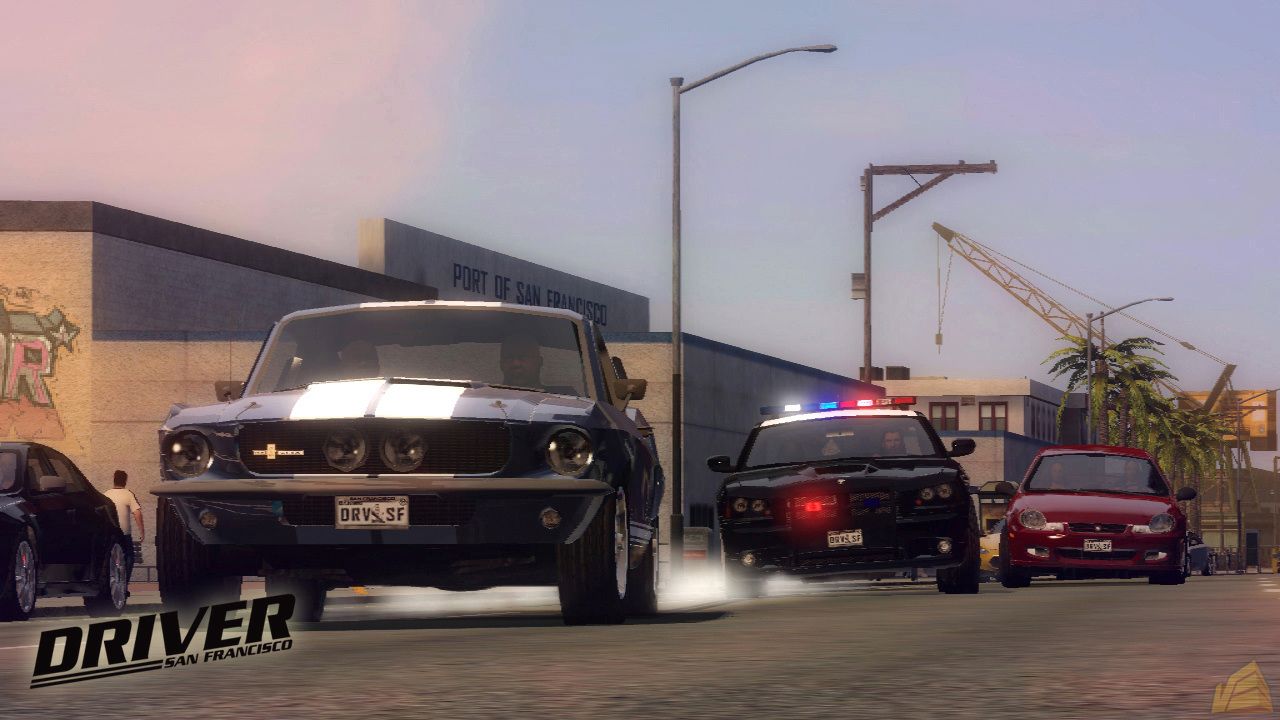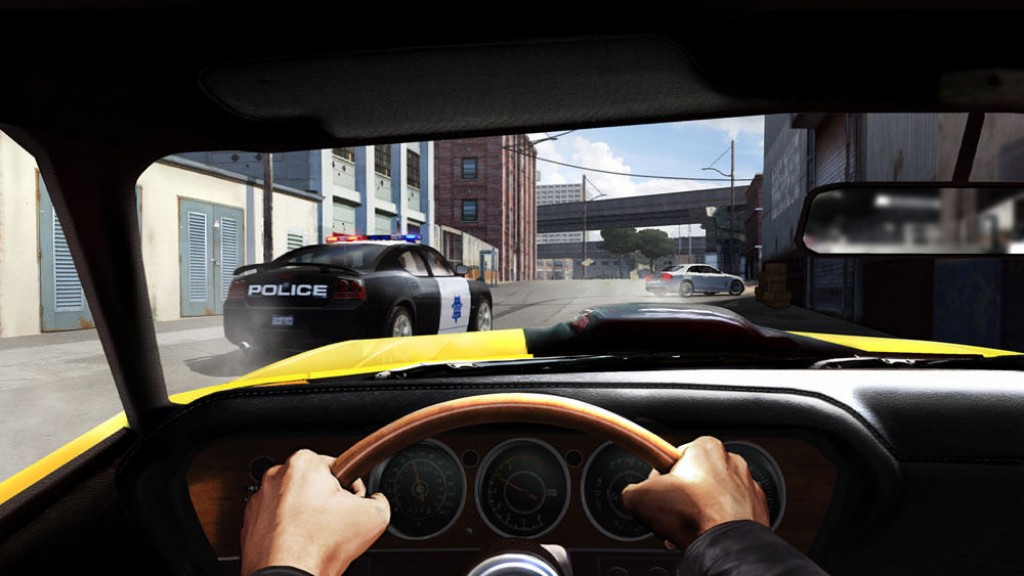
As the holiday season approaches each year, a few high-quality games seem to fly under the radar. This year’s example is Driver San Francisco, the first main entry in the series in over five years. By introducing an intriguing new shift mechanic, the team at Ubisoft Reflections has managed to breath new life into the sandbox driving formula and the entire Driver franchise.
Taking place shortly after the events of Driv3r, this new installment once again follows Tanner and the pursuit of his criminal nemesis Jericho. After Jericho escapes a transport to jail, Tanner pursues him, only to be involved in a serious car accident. This leaves him in a coma, and the majority of Driver San Francisco‘s story takes place inside Tanner’s mind as he dreams of chasing down Jericho. If that premise sounds strange and slightly ridiculous, that’s because it is. Mostly cringe-worthy dialogue doesn’t help.
So the story and writing are certainly not Driver San Francisco‘s strong points, but the unusual premise actually makes for a great new game mechanic. Tanner has the ability to switch bodies with other drivers, mimicking an out-of-body experience of sorts. The game refers to this ability as “shifting,” and it extends to the way in which you acquire and handle various missions. These range from ramming fleeing vehicles to performing large jumps. At any time during these missions you can swap cars, which is often helpful and/or necessary. The amount of variety found in the numerous objectives is impressive, keeping things feeling fresh.

Completing missions nets you willpower points, which act as the game’s currency. With those points you can head to the garage and buy new vehicles. Over 120 licensed cars are featured, from Cadillac Escalades to Ford Mustangs. A few important upgrades can also be purchased in the garage, such as increased boost and a thrill cam for filming cool-looking videos.
Also worth noting is how solid the core driving is in Driver San Francisco. The controls take some getting used to, but once that familiarity kicks in you’ll be drifting around tight corners with no problem. The sense of speed in the faster vehicles is also handled well, and the hilly terrain of San Francisco provides a nice challenge during races.
The single-player content is great, but the game also offers some very enjoyable and interesting online multiplayer modes. These include cool variations on staples like tag and capture the flag. Best of all is that the shift mechanic is also part of multiplayer, making for some intense and chaotic matches. All the while you’ll be earning experience that can be used to acquire useful upgrades, so the incentive to keep playing is definitely there.

Driver San Francisco isn’t going to wow anyone visually, but the cars look the part and the city of SF seems to be designed very well. The lighting and shadow effects in particular are impressive. The same can’t be said about the audio though, which features a lackluster soundtrack and some sketchy voice acting. It’s not egregiously bad by any means, but it does stand out as a weak point.
The last two Driver games weren’t very good, so expectations for Driver San Francisco were understandably tempered, but now that the latest installment is finally out, gamers should seriously consider a purchase. The jump to the supernatural realm may seem puzzling at first, but it makes for an exciting new way to play, unlike most racing games out there. Couple that with some wonderful multiplayer offerings and you have one of the most pleasant surprises of the year.

















